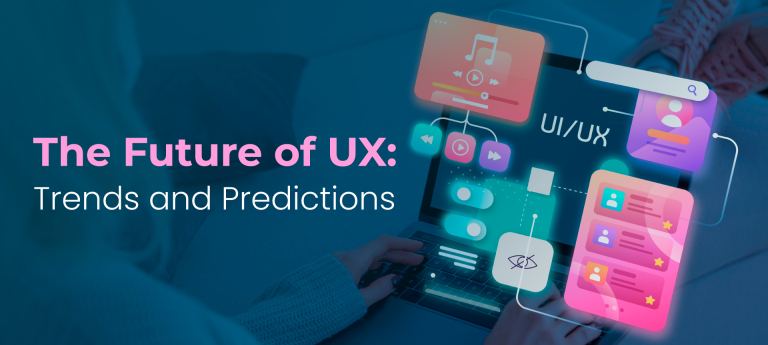The digital world is shifting fast. What was once limited to websites and mobile apps has now expanded into immersive experiences, smart devices, voice interfaces, and augmented realities. In this landscape, the role of UI/UX design is evolving just as rapidly. It’s no longer just about clean layouts and intuitive navigation—it’s about crafting experiences that resonate deeply, adapt naturally, and leave lasting impressions.
UI/UX design has always been about connecting people with technology in the most seamless way possible. But the expectations of users today are significantly higher than they were a decade ago. They want faster responses, more personalization, and products that anticipate their needs before they even realize them. This rising demand is redefining the way designers think about everything from wireframes to user testing.
Shifting from Interfaces to Interactions
As technology continues to fade into the background, interaction design becomes more about how users feel than what they see. Whether it’s a chatbot that replies with empathy or a wearable that responds to gesture and movement, the future of UI/UX is focused on context-aware systems. Designers will need to understand not just how people interact with screens but how they engage with the world around them—and how tech fits into those moments.
The interface is becoming less visual and more sensory. With the rise of voice assistants, AR, and IoT devices, users are no longer relying solely on buttons and menus. Instead, they’re speaking, swiping, and even glancing to interact. This demands a deeper understanding of human behavior, psychology, and even environmental factors.
The Rise of AI and the Designer’s Role
Artificial intelligence is another force shaping the future of design. AI-driven tools are already helping designers streamline workflows, analyze user behavior, and even generate interface components. But rather than replacing designers, these tools are becoming powerful collaborators.
Human-centered design won’t be automated away. In fact, it’s becoming more important. AI may speed up production, but it can’t replicate emotional intelligence, cultural awareness, or ethical judgment. The designer’s role is shifting from execution to orchestration—deciding where to apply automation, when to intervene, and how to ensure that technology remains inclusive and empathetic.
Emphasis on Ethical and Inclusive Design
One of the most promising and necessary developments in UX is the focus on ethical and inclusive design. Today’s users are more informed and vocal about their values. They care about privacy, accessibility, and the social impact of the products they use. This puts pressure on designers to not only think about functionality but also fairness and transparency.
Designing for accessibility is no longer optional—it’s expected. Inclusive practices will be built into the foundation of product development, not just added at the end. The designers of tomorrow must be fluent in designing experiences that work across languages, abilities, and cultures.
UX as a Strategic Asset
As companies grow more design-mature, UX is becoming a central part of strategic decision-making. It’s not just a service that supports a finished product—it is the product. Great user experience can differentiate a business, drive customer loyalty, and even create market leaders. This means designers are increasingly working alongside executives, data analysts, and product owners to shape direction from the start.
Forward-thinking companies are now partnering with external experts who specialize in advanced design strategies. Collaborating with a well-established UX design agency in London can offer fresh insight, design innovation, and a refined process that elevates internal capabilities. Whether it’s for refining an MVP or redesigning a global platform, these partnerships bring deep expertise into complex ecosystems.
Evolving Design Education and Skills
The future of UI/UX also demands a new approach to education and skills development. Static skillsets are no longer enough. Designers will need to adopt a mindset of lifelong learning. This includes not just learning new tools and trends, but also growing in areas like business acumen, data literacy, and systems thinking.
Designers will increasingly work in cross-functional teams where they must communicate effectively with engineers, marketers, and stakeholders. Soft skills like empathy, curiosity, and collaboration are becoming just as important as knowing how to prototype or conduct usability tests.
What Lies Ahead
Looking forward, the most exciting opportunities in UI/UX design will come from uncharted territories. Whether it’s designing interfaces for brain-computer communication or crafting environments in the metaverse, the next wave of innovation will require bold creativity paired with ethical responsibility.
UI/UX design isn’t slowing down—it’s evolving into something bigger than screens, apps, or devices. It’s becoming a lens through which we understand and improve the way people experience the world through technology. Designers won’t just be building interfaces; they’ll be shaping the digital fabric of everyday life.
For professionals in the field, the message is clear: stay flexible, stay human, and stay curious. Because the future of UI/UX design isn’t about chasing trends—it’s about shaping meaningful experiences in a world where change is the only constant.
Want more insights? Keep visiting Lotology for the latest updates and information!

